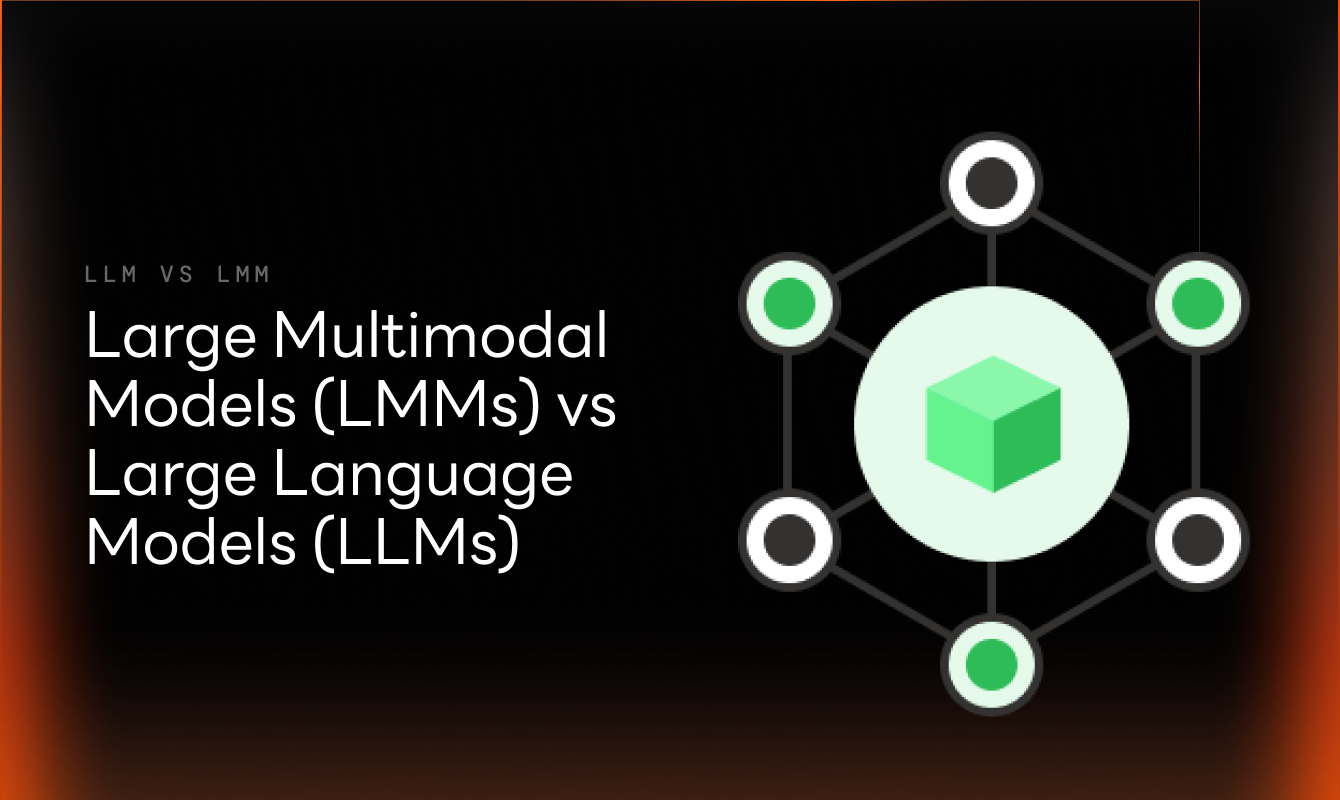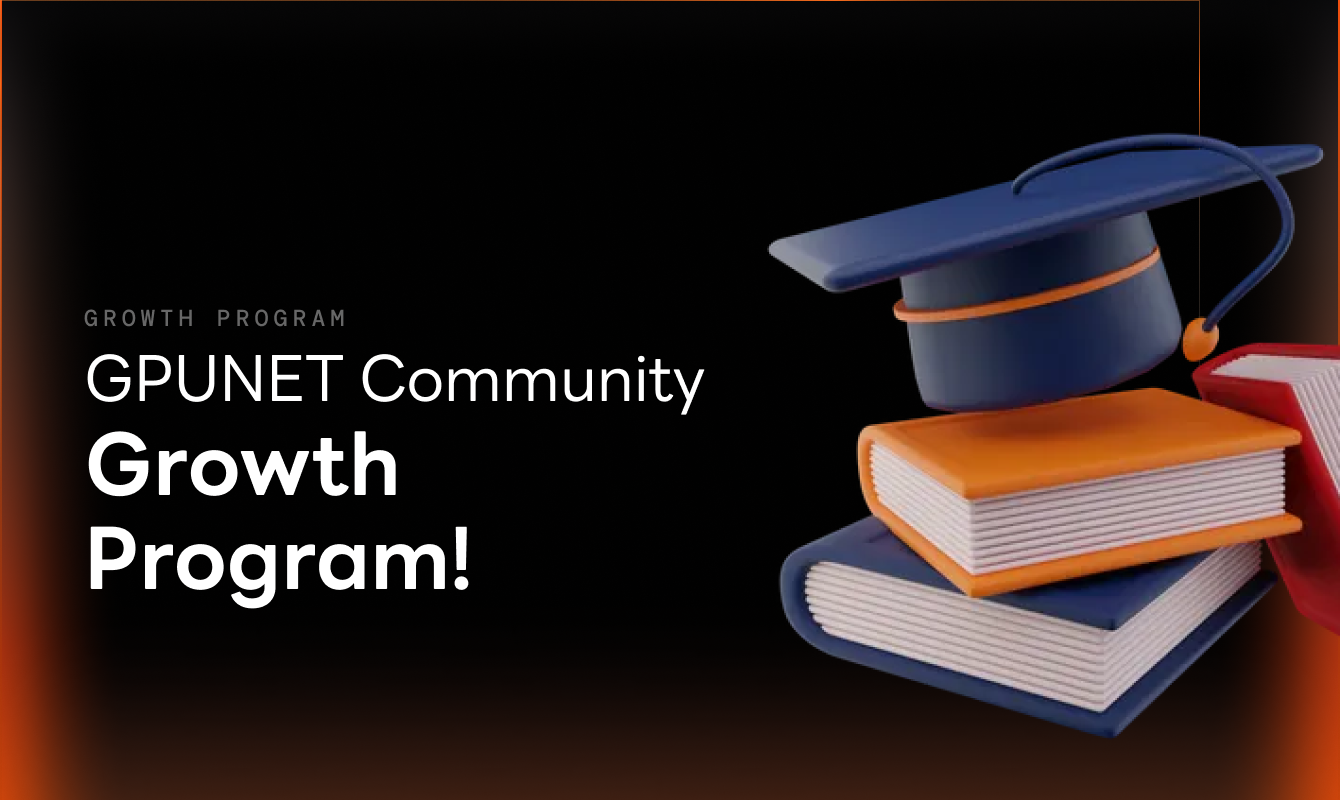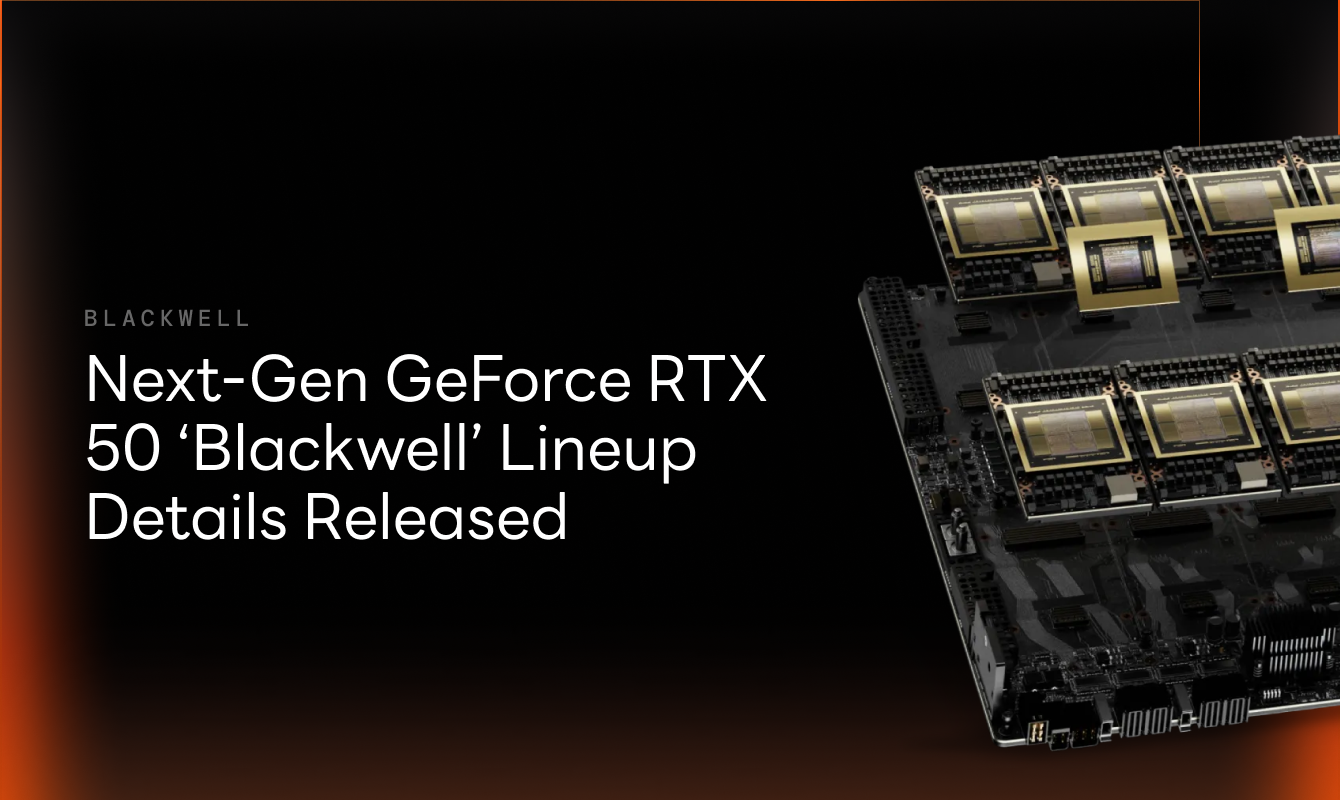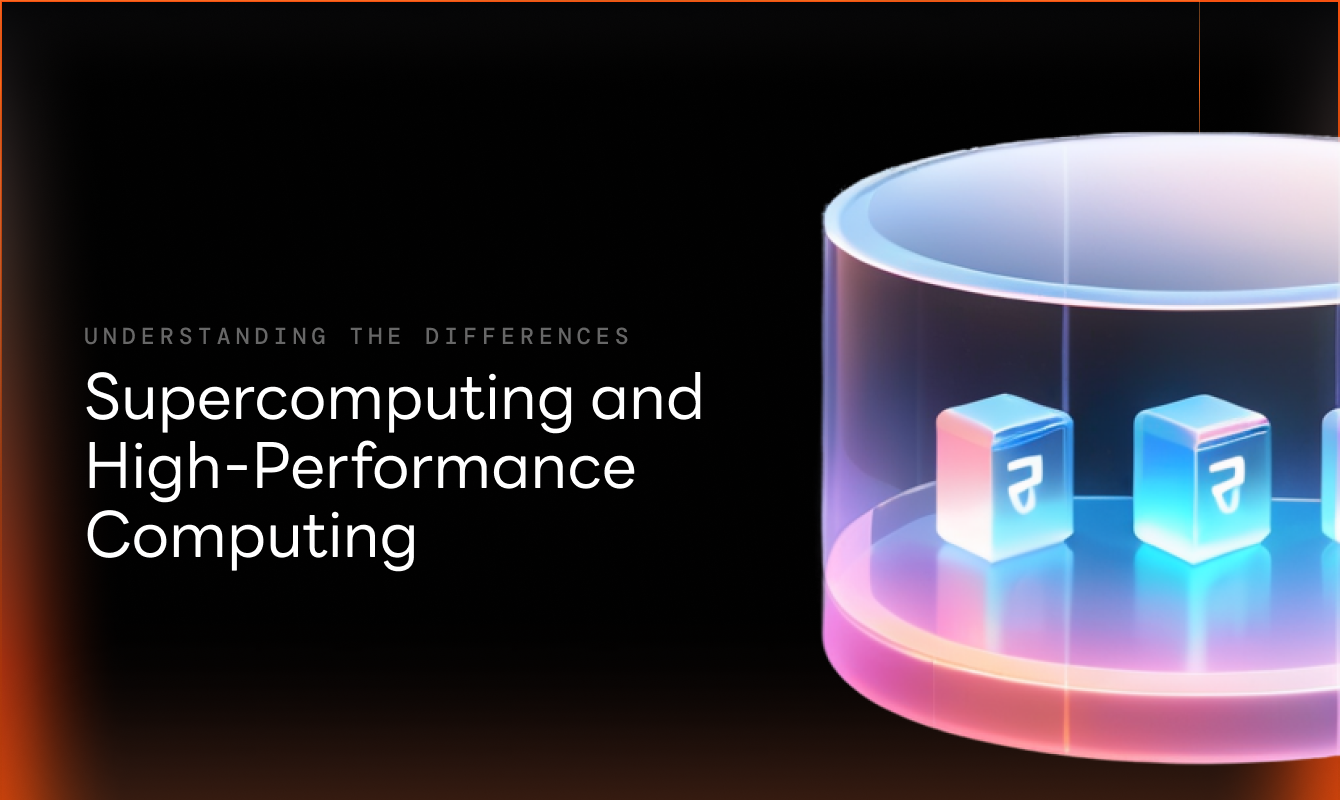
GPU.NET and AI Agents: Revolutionizing Decentralized Computing
In an era where AI is reshaping industries, GPU.net emerges as a key player harnessing decentralized GPU resources to power innovative applications. At the core of this ecosystem are Subnets, specialized networks that leverage global GPU power for tasks like AI training, simulations, and creative projects.
GPU.NET and AI Agents: Revolutionizing Decentralized Computing

In an era where AI is reshaping industries, GPU.net emerges as a key player harnessing decentralized GPU resources to power innovative applications. At the core of this ecosystem are Subnets, specialized networks that leverage global GPU power for tasks like AI training, simulations, and creative projects.
When paired with AI Agents, these Subnets unlock transformative potential, particularly in education, where personalized learning and hands-on exploration are critical.
This article explores GPU.net’s vision, the role of Subnet Agents, the protocols enabling their interactions, and global trends shaping this space, drawing on recent developments and market insights.
GPU.net: Democratizing High-Performance Computing
GPU.net is a decentralized platform that connects idle GPUs worldwide, creating a scalable, cost-effective alternative to centralized cloud providers like AWS or Google Cloud. It’s mission is to democratize GPU computing, making it accessible for AI, Web3, gaming, and other high-performance applications.
The platform’s vision unfolds across five developmental levels, as outlined in its documentation:
Level 1: Launchpad: A platform for creators to launch projects and earn $GPU tokens, fostering innovation.
Level 2: Marketplace: A decentralized economy for trading AI-powered tools and services.
Level 3: Agentic Ecosystem: Introduction of Subnet Agents for task automation and management.
Level 4: Physical World: Integration with hardware for real-world applications like IoT and robotics.
Level 5: Agentic & Network Orgs: Decentralized governance using multi-agent systems.
This roadmap positions GPU.net to transform industries by providing affordable, resilient computing power. With a goal of 1 million GPUs by 2030, as stated on gpunet.xyz, GPU.net is poised to lead the $14 billion Decentralized Physical Infrastructure Network (DePIN) market, per DePIN Scan’s 2025 report.
Subnet Agents: Versatile AI Across Fields
Subnet Agents are AI-powered entities within GPU.net’s Agentic Ecosystem (Level 3), designed to automate tasks, manage resources, and interact with users across various sectors. These agents leverage the network’s decentralized GPU power to deliver scalable, efficient solutions. Here’s how they’re applied:
Healthcare and Biotech
-
Protein Folding and Drug Discovery: Subnet Agents run simulations for protein folding and biomolecular research, accelerating drug discovery. Projects like GPUGrid.net and Folding@Home demonstrate this potential, GPU NET’s Subnets scaling these efforts globally.
-
Medical Diagnostics: Agents process large datasets for medical imaging, enabling faster, more accurate diagnoses. For instance, AI models trained on Subnets can analyze MRI scans to detect diseases early.
-
Research Accessibility: By reducing compute costs by up to 70%, as seen in a 2023 Kenyan initiative, Subnets make advanced tools accessible to smaller labs, fostering innovation.
Finance
-
AI-Driven Trading: Subnet Agents optimize portfolios, trade cryptocurrencies, analyze forex markets, and predict stock trends, processing vast data in real time for financial institutions and traders.
-
Risk Management: Agents run complex risk models and stress tests, ensuring stability in volatile markets.
-
Decentralized Finance (DeFi): Subnets support DeFi platforms by powering smart contract execution and algorithmic trading, enhancing efficiency.
Gaming and Creative Industries
-
Immersive Gaming: Subnet Agents provide compute for next-gen gaming and virtual reality, supporting decentralized platforms like those envisioned by our dApp.
-
AI-Generated Content: Tools like FLUX.1 for images and CogVideoX for videos enable creators to produce high-quality digital art, with the AI art market reaching $1.2 billion in 2024, 40% driven by decentralized tools.
-
Design and Animation: Subnets power rendering for 3D models and animations, reducing costs for studios and freelancers.
Scientific Research
-
Climate Modeling: Subnet Agents run simulations for climate change predictions and environmental assessments, building on successes like the 2023 Kenyan project that cut costs by 70%.
-
Physics and Engineering: Agents support simulations in fluid dynamics and material testing, crucial for engineering advancements.
-
Space Exploration: Subnets can process data from telescopes or satellites, accelerating astrophysical discoveries.
Business and Technology
-
Automation: Subnet Agents automate tasks like customer service, data analysis, and supply chain optimization, streamlining operations for businesses.
-
Cybersecurity: Agents power threat detection systems, analyzing network traffic to identify anomalies faster than traditional methods.
-
Cloud Alternatives: Subnets offer a decentralized alternative to centralized clouds, reducing costs and enhancing data sovereignty.
Crypto and Web3
-
Mining and Token Creation: Subnets enable mining of cryptocurrencies like ETC and no-code token creation across blockchains, democratizing crypto activities.
-
Decentralized Applications (dApps): Web3 developers use Subnets to build compute-intensive dApps, such as NFT marketplaces or decentralized social platforms.
Protocols: The Engine of Subnet Agents
Subnet Agents rely on advanced protocols to communicate and collaborate efficiently, ensuring seamless integration across applications:
-
Model Context Protocol (MCP): Uses a client-server model with JSON-RPC for structured communication, enabling agents to integrate with tools, datasets, and APIs. Ideal for healthcare platforms needing reliable data exchange.
-
Agent-to-Agent Protocol (A2A): Facilitates direct agent communication with Agent Cards and Decentralized Identifiers (DIDs), supporting dynamic task delegation in gaming or finance
-
Agent Network Protocol (ANP): Enables decentralized, peer-to-peer networks with DIDs and JSON-LD, perfect for scalable research collaborations.
-
Agent Communication Protocol (ACP): Supports structured, session-aware workflows via a centralized registry, suited for multi-step business processes.
These protocols, as GPU.net plans, will enable all products to interoperate using A2A, ANP, and ACP, creating a cohesive ecosystem where Subnet Agents can tackle complex tasks across industries.
Market Economics and Global Trends
The DePIN market, valued at $14 billion in 2025 per DePIN Scan, is driven by the need for scalable, cost-effective computing. GPU.net’s Subnets align with key trends:
-
AI Surge: AI applications, projected to grow 37% annually through 2030, demand massive compute power. Subnets provide a decentralized solution, reducing reliance on the 80% of global compute resources owned by AWS, Google, Microsoft, and Oracle GPUnet Series-A Funding.
-
Cost Efficiency: Subnets can cut computing costs by up to 70%, as seen in real-world cases, making advanced tools affordable for startups and researchers.
-
Global Accessibility: By leveraging global GPUs, Subnets bridge technological divides, enabling innovation in underserved regions.
Recent developments underscore this momentum:
-
Healthcare: A 2024 Stanford project used decentralized compute to cut simulation costs by 60%, a model Subnets can scale.
-
Gaming: Aethir’s cloud gaming advancements show the potential for Subnets in immersive experiences AethirCloud.
-
Finance: DeFi platforms like Uniswap rely on compute for liquidity pools, a use case Subnets can enhance.
Future Outlook: A Roadmap for Transformation
GPU.net’s roadmap, targeting 1 million Subnets by December 2025, includes:
-
No-Code Tools: Simplifying Subnet creation for non-technical users.
-
Hardware Integration: Supporting IoT, robotics, and smart cities.
-
Governance: Enabling decentralized organizations and nations.
The Subnet Quest, teased on token.gpu.net, could offer early access to these features, rewarding participants with GXP convertible to $GPU at the TGE.
Conclusion
GPU NET’s Subnet Agents, powered by decentralized GPUs and advanced protocols, are transforming industries from healthcare to gaming. By offering scalable, affordable computing, they empower innovation, align with global trends, and address market needs.
Join the quest at token.gpu.net and be a part of our decentralized vision.


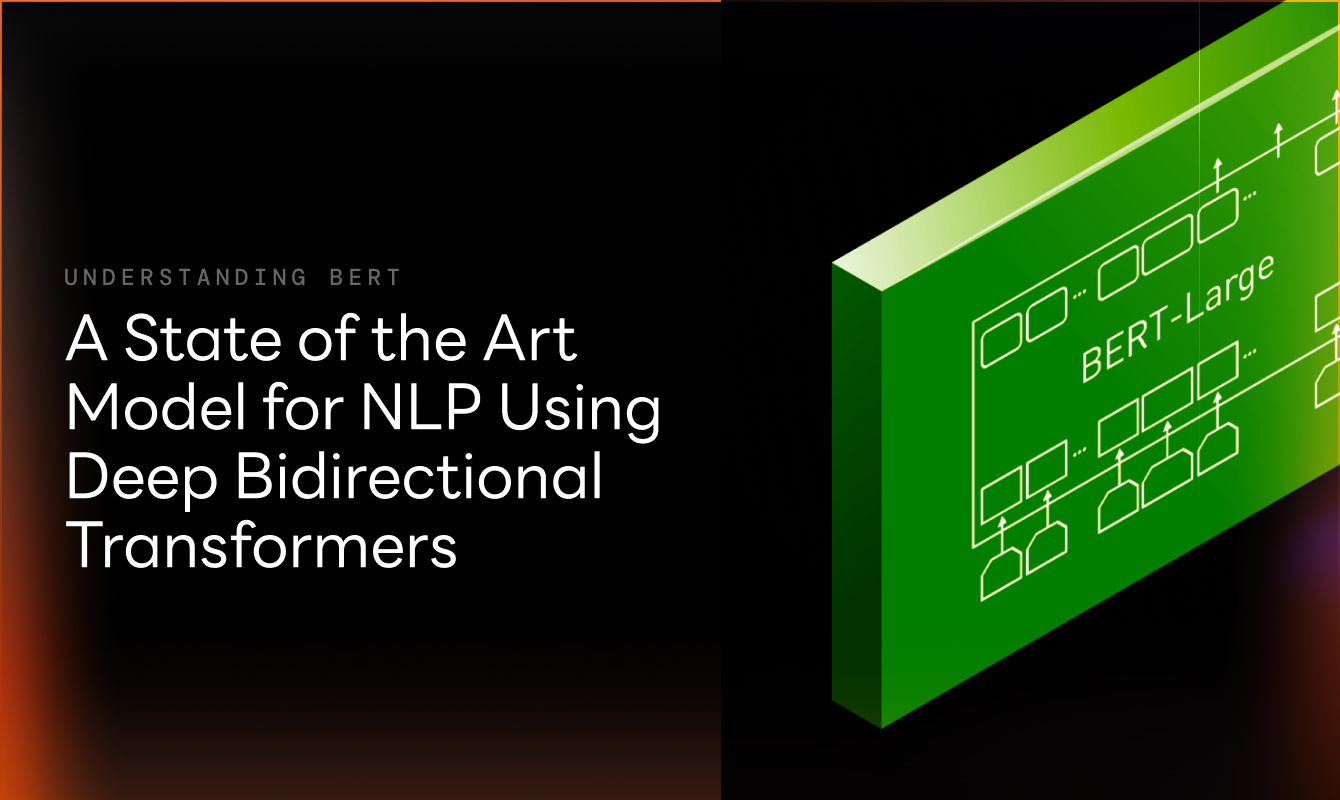
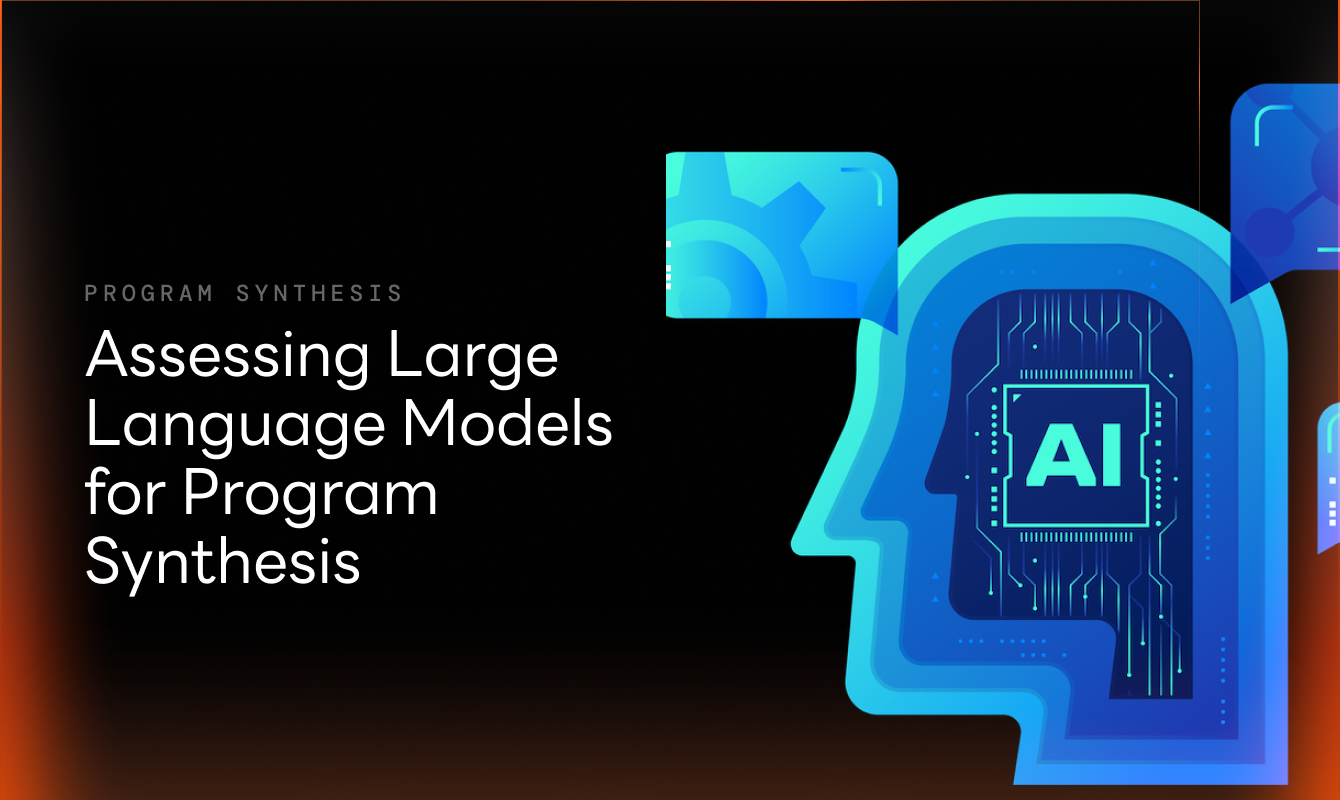

![GPUNET Verifiable Exchange: The Next Frontier for $GPU, Nodes and Ecosystem [TEASER]](https://i.ibb.co/Z1JWjN7r/Article-Cover.png)







